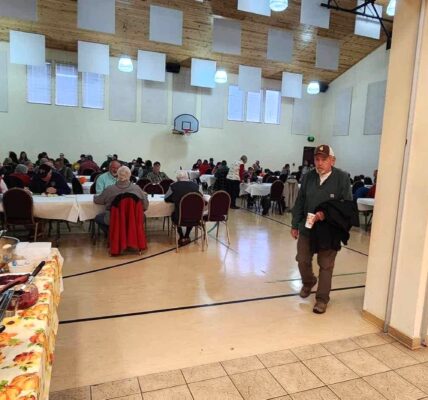By Abby Vander Graaff
Laramie Boomerang
Via- Wyoming News Exchange
LARAMIE — More than two years into the COVID-19 pandemic, there’s some hope that the worst of the virus is behind us. Last Monday, Gov. Mark Gordon lifted the state’s emergency declaration and case numbers have been low throughout Albany County.
Despite that hope, local nurses continue to work through the strain of a nationwide staffing shortage that’s become its own emergency situation.
“The COVID-19 emergency may be over, but we still have a long-term staffing emergency in Wyoming that’s going to take some long-term solutions,” said Lori Hart, executive director of the Wyoming State Board of Nursing.
Nursing is among the top occupations for predicted growth through 2029, according to the Bureau of Labor Statistics. The American Journal of Medical Quality reports that a shortage in the field will continue through 2030, and hit the southern and western parts of the county the worst.
Ivinson Memorial Hospital has felt the weight of these statistics across the board, said Chief Nursing Officer Nicole Rooney.
Like many health care providers, the Laramie hospital has relied on the addition of traveling nurses to backfill gaps in long-term staffing. These employees work for an outside company, but come into the hospital for rotations that typically last about 13 weeks.
Thanks to the backup, staff at the hospital haven’t had much concern about working short-handed or limiting their services, but a more permanent solution is needed.
“They’re always very skilled workers and typically fit in well with our team, but we know they’re temporary,” Rooney said of the stop-gap staff.
A breadth of other temporary staffing solutions came about during the pandemic as well. WSBN released an advisory opinion to allow people to help nurse’s assistants after completing an eight-hour online training course and retired nurses were allowed to administer vaccines.
Changes in licensing requirements allowed nurses from outside the state to practice in Wyoming with a temporary permit. While before the pandemic it would take 30-45 days to obtain a Wyoming license, the temporary permits can be issued within a day, said WSBN Licensing Supervisor Lisa Hastings.
Gordon extended the eased requirements through mid-May, citing 380 nursing vacancies across the state, according to a press release.
While the extension can act as a transition period, easing up on regulations can cause problems in the long term, Hart said. While gaps in knowledge and training aren’t a concern, public safety could still be at risk. In cases where a nurse were to act with misconduct, WSBNwouldn’t have authority to respond to that behavior.
“There’s a (staffing) problem, but the question is who does it belong to and who can fix it?” Hart said. “It’s going to take a team approach to do that.”
In the midst of the crisis, University of Wyoming Fay W. Whitney School of Nursing is turning prospective students away. Nationwide, 66,274 prospective students were rejected from generic nursing programs in 2020, according to the American Association of Colleges of Nursing.
“There are students who want to come and be a nurse,” said Dean Sherrill Smith.
The university offers a variety of programs for students based on their educational background, including undergraduate programs, co-curricular programs and graduate programs. Each routinely turns away a numberof prospective students, but the numbers tend to be higher in undergrad programs.
“How the pandemic impacted each of these groups of students is very different,” Smith said.
With the strain of the pandemic impacting not only the work day, but also people’s personal lives, licensed nurses haven’t had time to think about going back to school for a master’s degree, Smith said.
Overall, there aren’t enough faculty members or clinical training opportunities in Laramie to meet the demand of nursing students. The struggle only increased at the start of the pandemic, when health care providers had to pause clinicals as they reached their bandwidth navigating new procedures and keeping up with an influx in patients.
At the same time, the university shifted to virtual operations. Virtual reality systems stood in for clinical training and other courses were offered online, an option that wasn’t previously allowed for nursing students. Even with the return of in-person learning, the experience was altered as capacity limits only allowed half a class to be in a room at a time.
While Smith said there isn’t much data available to measure the impacts of virtual vs. in-person clinical training, the percentage of students to pass the national nursing licensure exam has decreased throughout the country since 2020.
For Smith, the next step in solving the crisis is increasing collaboration among educational institutions and health care providers so that students can get connected with the training and experience they need.
“I’m excited to work with our partners in the community colleges and health care programs to bring nurses in,” Smith said. “(Nurses) are needed now more than ever.”






